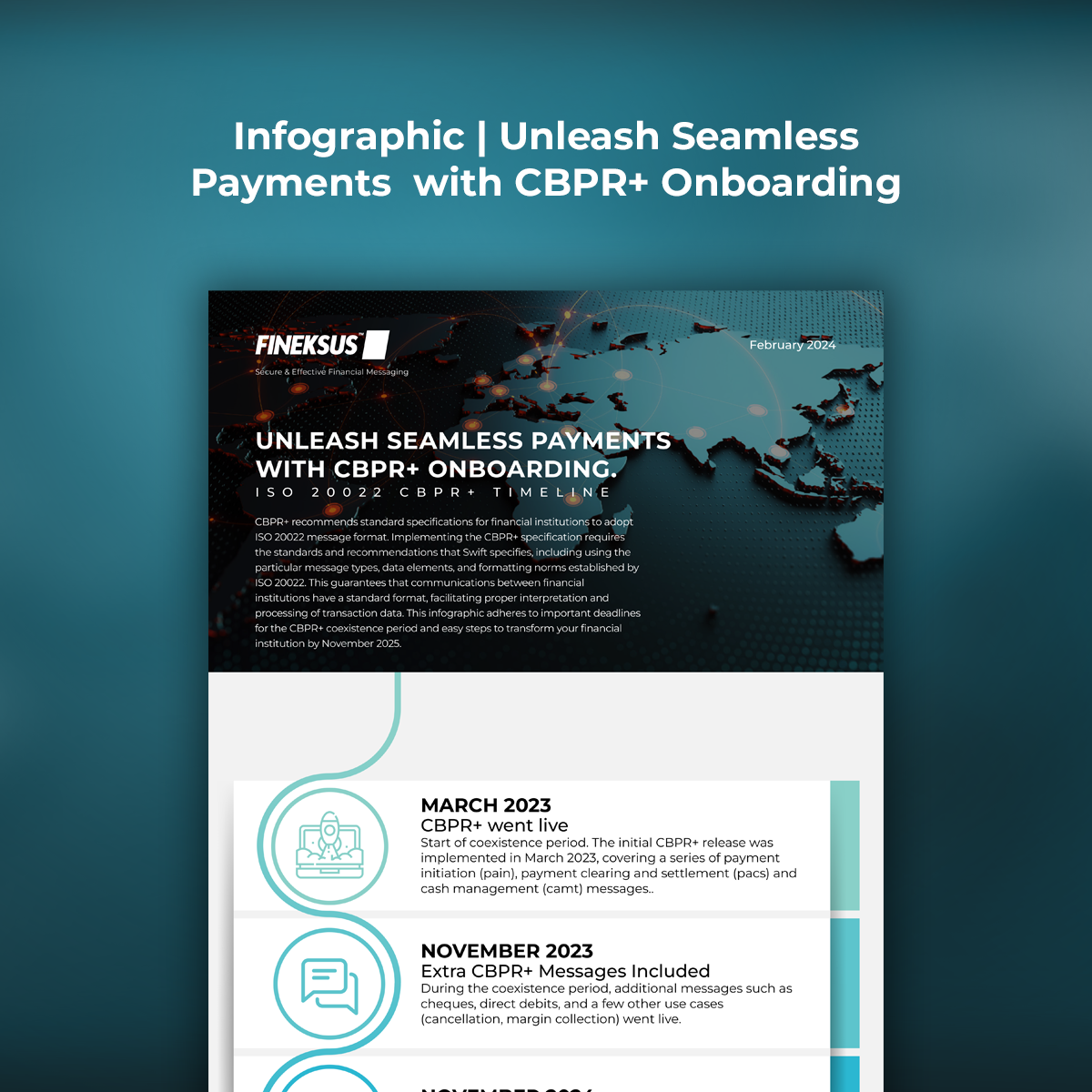
Transaction Laundering
Criminals are finding new ways to exploit online payment infrastructures and conceal their illegal funds as banking services connect with eCommerce technologies. Transaction laundering is a new trend among internet criminals that reflects a digital version of traditional money laundering that has been largely ignored by regulators and financial service providers.
With global proceeds approaching $500 billion in 2018, regulators worldwide are taking a tougher stance against transaction laundering and penalizing corporations that fail to handle the problem. If you are a financial services company and are unfamiliar with the hazards, it is essential to create your AML program.
What Is It?
Criminals are discovering new ways to launder money as e-commerce grows. Transaction Laundering is one of these emerging ways. Transaction laundering is also known as Electronic Money Laundering, and it is the digital progression of money laundering. Transaction laundering allows illegal item dealers to conceal their transactions by inserting sales receipts into the payment system and washing the dirty money. When an approved vendor utilizes payment credentials to process payments for another unknown store selling unknown products and services, this is referred to as transaction laundering.
Because Merchant Service Providers (MSPs) can facilitate money laundering, regulators penalize them for failing to comply with AML responsibilities. The reality is that, sadly, MSPs may suffer significant reputational harm.
Money laundering has reached unprecedented levels due to the growth of e-commerce and mobile payments. Transaction Laundering for online product and service transactions is anticipated to exceed $ 159 billion in the United States alone in 2016. According to some experts, this figure will rise even further in 2020. This caused concern all around the world, and governments are attempting to tackle money laundering. Regulators are particularly concerned about this issue and are enacting new legislation to prevent or limit electronic money laundering. With the advancement of e-commerce, this issue, which has been on the government’s agenda for many years, has become increasingly essential. Transaction Laundering exploits legitimate payment ecosystems by routing unidentified e-commerce transactions through genuine vendor accounts. It serves as a payment method for unlawful businesses that sell illegal websites, illegal narcotics, and other illegal things like this.
How Does Transaction Laundering Work?
While each strategy is unique, a typical transaction laundering method would require the usage of two websites. The first site sells illegal commodities such as narcotics, guns, and forged identification cards. It may also allow the sale of counterfeit items that the buyer believes are genuine.
Instead of using the original seller’s merchant account, the payment is processed by a second online merchant with a legitimate firm. The second online business serves solely to obtain a merchant account and credit card processing services. The company exists only in cyberspace and nowhere else. Nonetheless, it appears authentic to a financial institution and thus meets Know Your Customer (KYC) requirements.
Once the company charges the buyer’s credit card, the seller from the first online business and the controller of both sites can collect the money. The charge on the buyer’s credit card looks to be legal because it is for standard goods or services, such as a book purchase or payment for online gaming. In actuality, the transaction involves the selling of a prohibited item or service.
In a variant of transaction laundering, the second product sold to initiate the processing of the credit card charge could also be counterfeit or, in the case of a book sale, comprise blank pages or nonsensical content. Criminals do not always own the second merchant. Instead, they work with a legal company to accept credit card payments.
In exchange, the merchant forwards the monies to the criminal while keeping a small amount as a charge.
Regulations About Transaction Laundering
With the growth of e-commerce, traditional money laundering is giving way to electronic money laundering, also known as transaction laundering. Traditional anti-money laundering measures and the rules enforced by regulators, on the other hand, are insufficient. For Transaction Laundering, regulators can levy hefty fines on banks and PSPs. While FinCEN is currently creating a set of safeguards to avoid transaction laundering, EU legislation has addressed this in 4AMLD and 5AMLD. Despite the US Treasury’s Financial Crimes Enforcement Network (FinCEN) and harsher money-laundering legislation than other authorities, implementation methods target traditional commercial and financial services such as banking, capital markets, insurance, and cash deposits.
How To Prevent It?
While detecting and preventing transaction laundering is difficult, financial institutions should prioritize beneficial ownership information as part of their customer due diligence (CDD) operations. This involves examining an online merchant’s website to confirm ownership and line of business.
As a result, efficient and effective client and transaction screening are required. By leveraging secondary IDs to reduce false positives, leading technology businesses can provide the detail required to satisfy regulatory obligations in this area.

